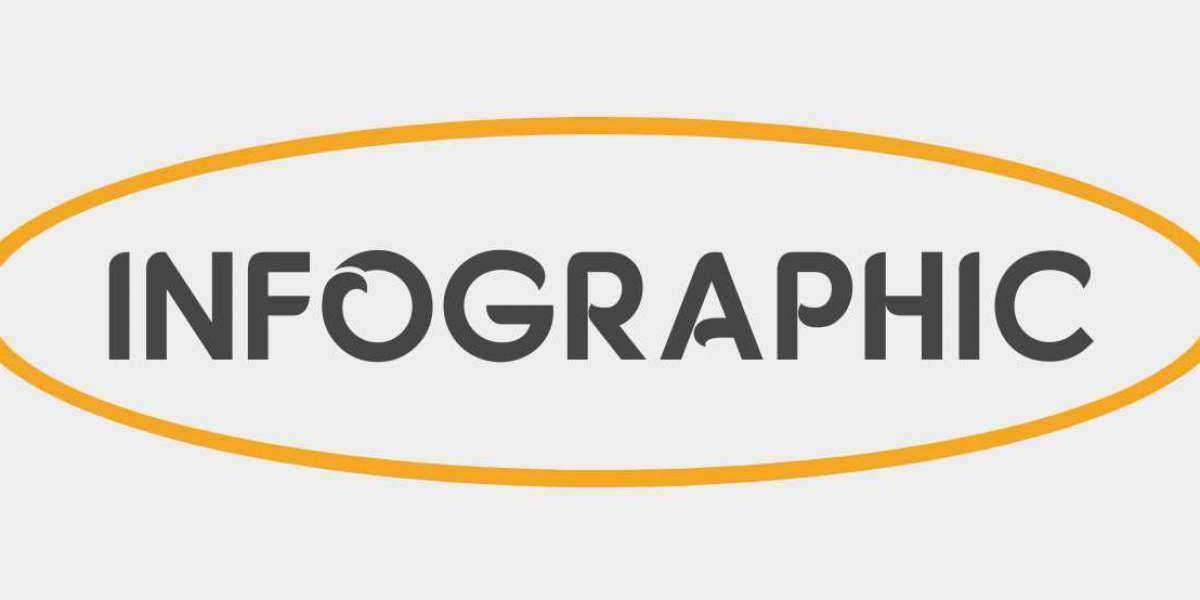Introduction: The Importance of Cell Culture
Cell culture is a foundational practice in various scientific and industrial fields, from drug discovery and vaccine production to regenerative medicine and basic biological research. Maintaining healthy, productive cell cultures is paramount for reliable experimental results and high-quality therapeutic outputs. Traditionally, monitoring cell health, growth, and metabolic activity often involved manual, time-consuming methods that could disrupt the culture and introduce variability. This necessity for more precise and continuous observation has driven the development of cell culture monitoring biosensors, innovative tools that provide real-time, non-invasive insights into the cellular environment.
Understanding Cell Culture Monitoring Biosensors
A biosensor is essentially an analytical device that combines a biological component (like an enzyme or antibody) with a physicochemical detector. In the context of cell culture, these biosensors are designed to continuously measure critical parameters within the cell growth medium or directly from the cells themselves. These parameters include nutrient consumption (e.g., glucose, amino acids), waste product accumulation (e.g., lactate, ammonia), pH levels, dissolved oxygen, and even cell viability and proliferation rates.
Different biosensor technologies are employed, such as electrochemical biosensors (which detect changes in electrical signals due to chemical reactions), optical biosensors (which use light properties), and even mechanical biosensors (measuring physical properties like cell adhesion). Their operation relies on a sensing element reacting with specific analytes in the cell culture, which then triggers a measurable signal.
Advantages and Applications
The primary advantage of cell culture monitoring biosensors is their ability to provide real-time, label-free monitoring of cellular behavior. This continuous feedback is invaluable for several reasons. Firstly, it allows researchers to optimize culture conditions dynamically, ensuring cells receive optimal nutrients and experience ideal environmental parameters, thereby enhancing cell viability and growth. This leads to more robust and reliable cell populations for experiments or production.
Secondly, these biosensors are crucial in drug discovery and development. By continuously monitoring cell responses to new compounds, researchers can quickly assess drug efficacy, toxicity, and cellular pathways. This can significantly expedite the screening process and reduce experimental variability. In biopharmaceutical production, biosensors help ensure product quality and optimize bioprocesses, from antibody production to the growth of cells for cell-based therapies. Their use also reduces the risk of contamination and decreases the need for manual sampling, saving time and resources.
Advancements and Future Directions
The field of cell culture monitoring biosensors is rapidly advancing, driven by the increasing demand for precision and efficiency in biotechnology. Significant strides are being made in miniaturization, leading to smaller, more integrated sensors that can be embedded directly into bioreactors or multi-well plates. The integration of artificial intelligence (AI) and machine learning algorithms is also transforming data analysis, allowing for more sophisticated interpretation of complex cellular responses and predictive modeling of cell behavior.
New materials and fabrication techniques are enhancing the sensitivity, selectivity, and longevity of these biosensors. The development of microfluidics and "organ-on-a-chip" systems further expands the application of these biosensors, creating more physiologically relevant models for research and drug testing. These innovations promise even greater insights into cellular processes and improved control over cell culture environments.
Conclusion: Driving Biological Innovation
Cell culture monitoring biosensors are indispensable tools that are revolutionizing how we study and utilize cells. By providing continuous, accurate, and non-invasive insights into the intricate dynamics of cell cultures, they enable scientists to make more informed decisions, optimize processes, and accelerate discoveries. As these technologies continue to evolve, they will undoubtedly play an even more critical role in personalized medicine, biopharmaceutical manufacturing, and fundamental biological research, ultimately driving forward a new era of biological innovation and improved patient outcomes.
Explore our latest reports
? Stay ahead in the healthcare industry. Browse our latest insights now!
About Market Research Future (MRFR)
Market Research Future (MRFR) is a global market research firm that provides comprehensive insights into market trends, drivers, challenges, and opportunities. We offer a broad range of market intelligence reports and consulting services to help businesses and enterprises in various industries make informed decisions
Media Contact:
Market Research Future (MRFR)
Phone: +1-646-845-9312
Email: contact@marketresearchfuture.com
Website: marketresearchfuture



